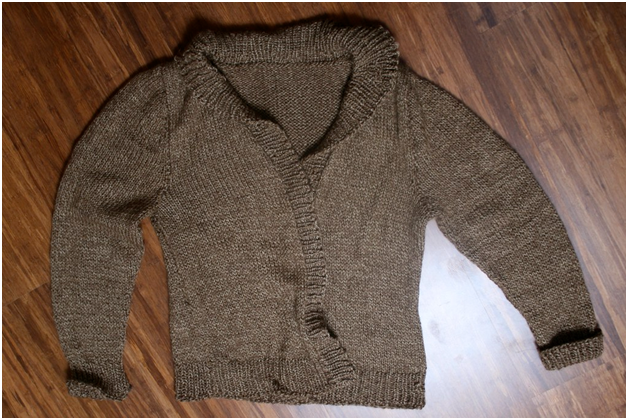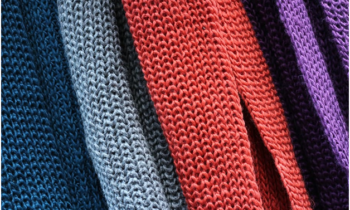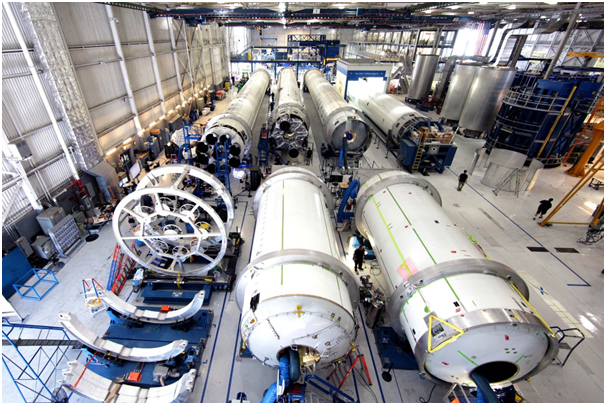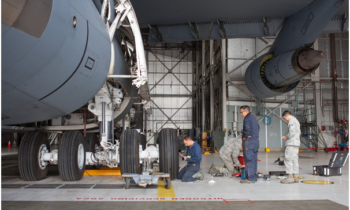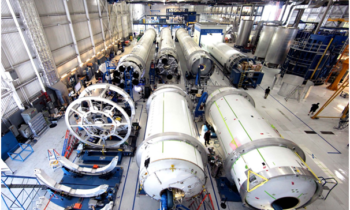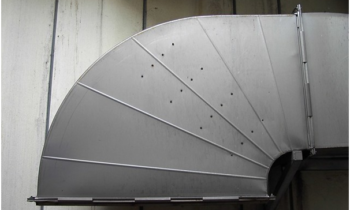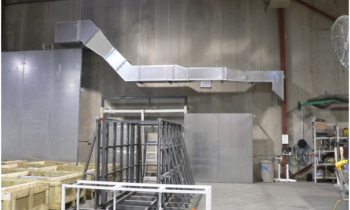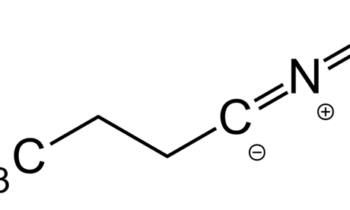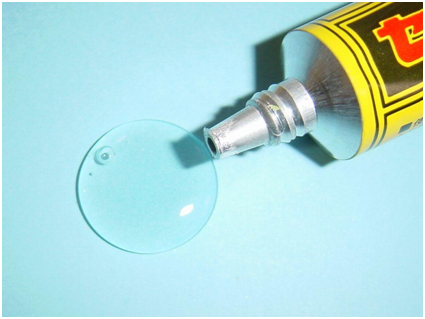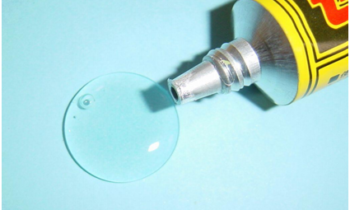TOP AMERICAN FOOTBALL MOVIES
Even if baseball is still regarded as the “American pastime,” football’s fame skyrocketed in the latter half of the twentieth century, it’s now the greatest popular mainstream sport in the United States. This growth in popularity is unsurprising given the higher prevalence of television and thus aired television sports in most American homes. Football remains the most spoken about just like the best online casinos australia games. So, if you’re gearing up for the big match or suffering from pigskin fever during the football-free weeks, below is a list of top football movies you can watch while you wait for the action on the field.
Any Given Sunday (1999)
Oliver Stone made it apparent in Platoon and Born on the Fourth of July that war is horrible. In Any Given Sunday, he demonstrates that pro football is really not much more appealing. Any Given Sunday, made at the altitude of his frantic JFK/Natural Born Killers-era editing, combines the joy of winning, the torments of injuries sustained, the overabundance that comes with sports fame, and the constant pressure of heritage in a violent filtration. But, no matter where you stick on this uniquely American mixture of elegance and ruthlessness, Pacino’s rousing monologue about life “as a match of inches” will always get you.
Remember the Titans (2000)
Audiences never get weary of seeing a group of widely divergent folks gather together behind a shared purpose, whether it’s a sporting events film, a war film, or the newest big-screen action hero squad. Remember the Titans, tells the true story of Coach Herman Boone’s process of integrating a high school team in Virginia in 1971, assembling an adorable cast of talented young actors together around a powerful performance by Denzel Washington. The movie does not steer away from the racist history of American schooling and sports in general, nor from the other adversities that life can throw at bright futures. Nonetheless, it continues to inspire and is regarded as one of the greatest sports films of all time.


